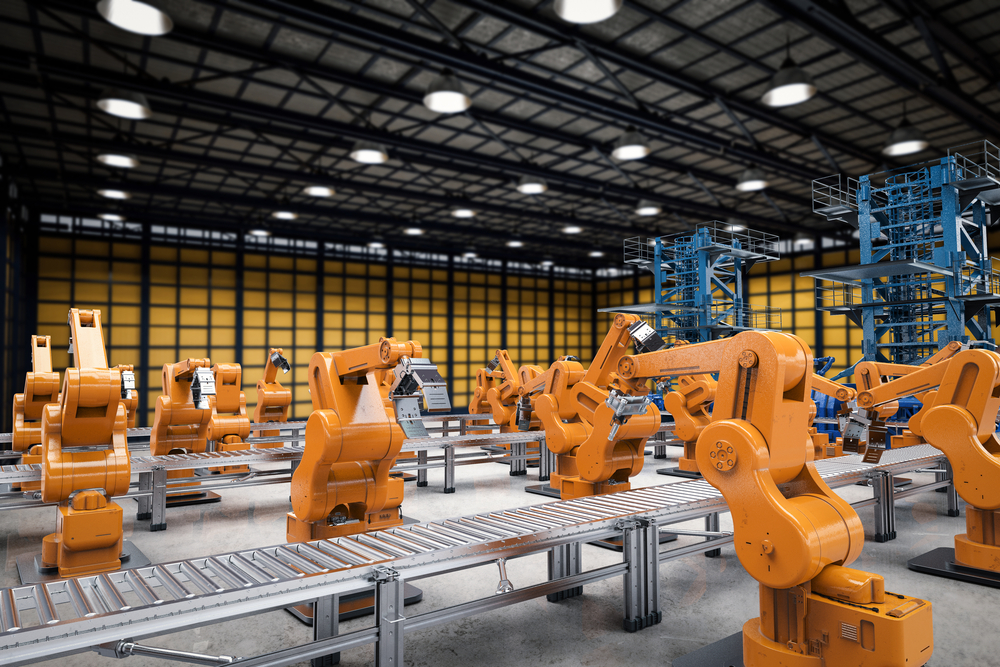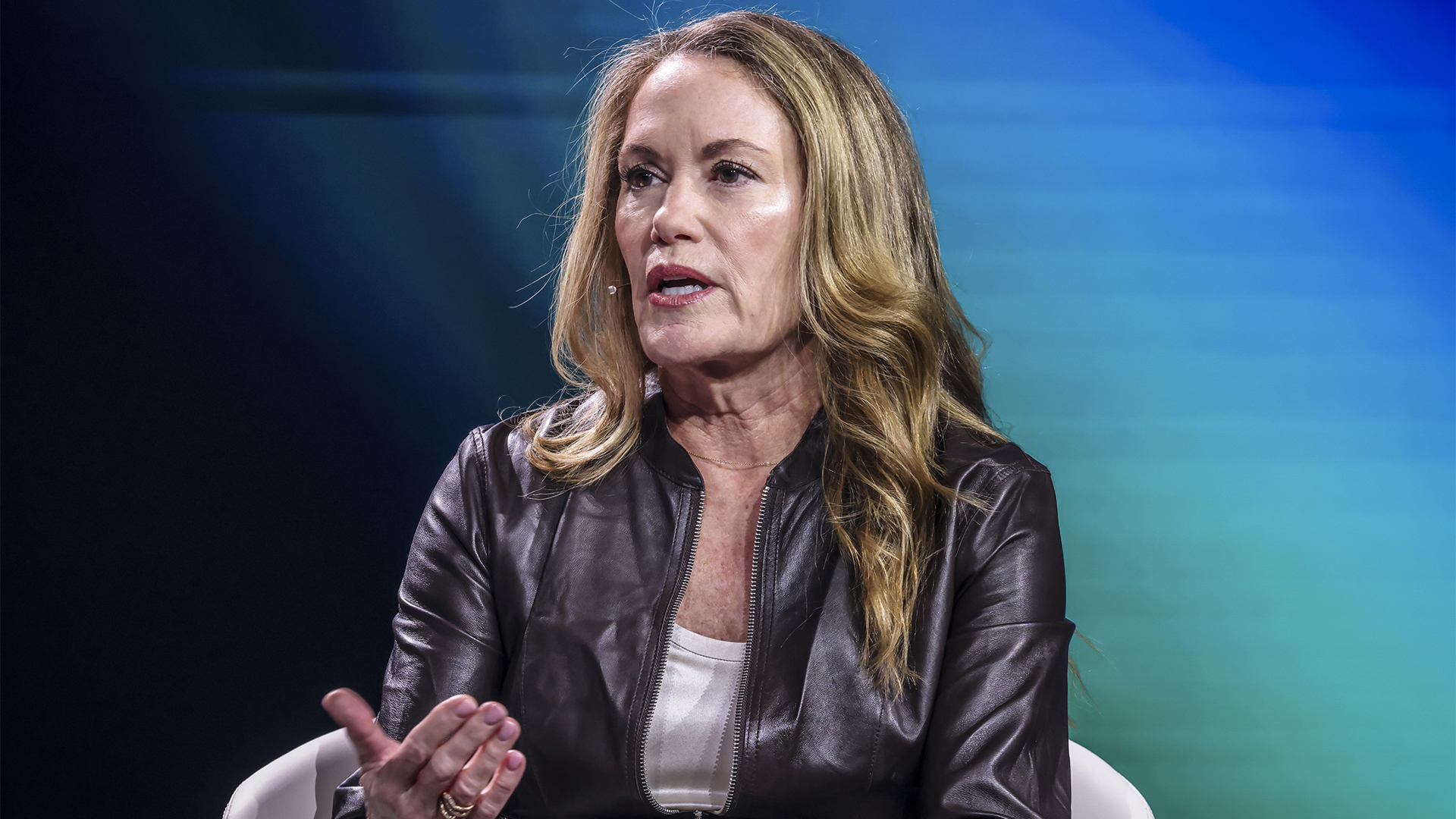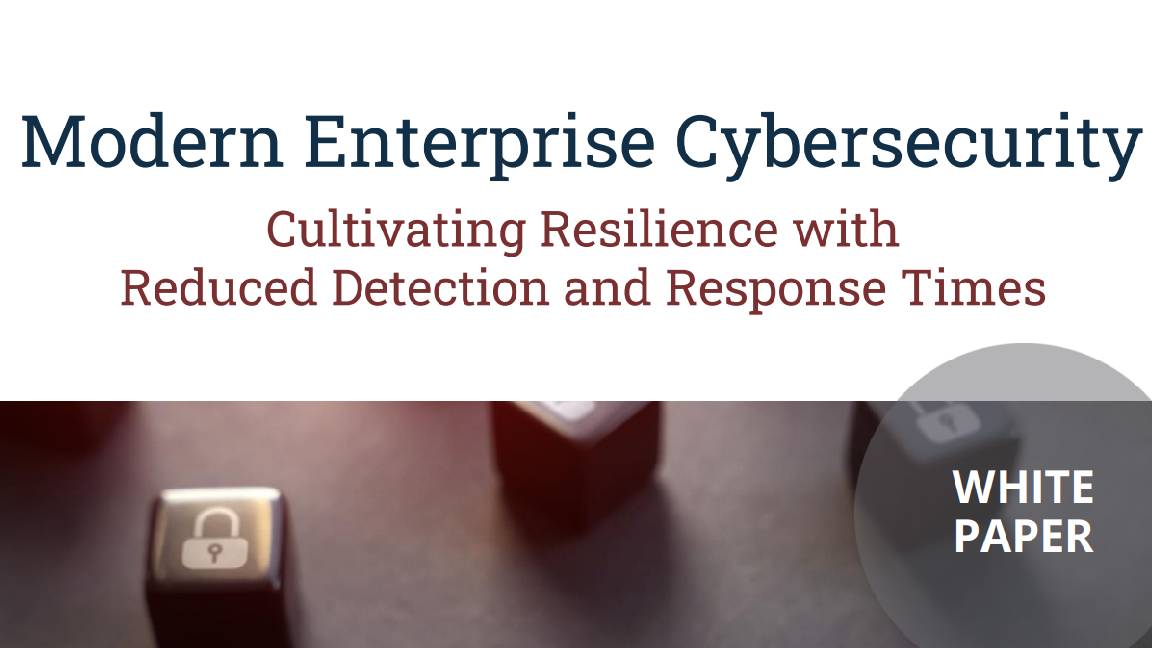Almost three-quarters of businesses now use automation technologies
Deloitte survey finds that two-thirds of leaders have used automation to respond to the impact of COVID-19


The number of organisations now using automation technologies has risen from just under half (48%) in 2019 to almost three-quarters (73%) in 2020, according to new research from Deloitte.
This includes the use of robotics, machine learning, and natural language processing.
Deloitte’s survey of 441 executives from 29 countries also found that the number of organisations deploying automation at scale has increased rapidly over the span of two years. In 2018, only 4% of leaders said they had implemented over 50 automations within their organisations. This number had doubled to 8% in 2019 and has since more than tripled to 13%.
The rise can be partly attributed to the spread of COVID-19, with two thirds (68%) of surveyed business leaders saying they have used automation as a response to the impact of the pandemic.
Justin Watson, partner and leader of Deloitte’s robotic and cognitive automation practice, described automation as a “lifeline for businesses during the pandemic – allowing for rapid increases in processing capacity, new processes to support the response, increasing productivity and accuracy, whilst also improving the experience of customers and employees”.
“As organisations scrambled to support home working en-masse and provide COVID-secure work sites, automation took the strain to ensure business continuity. For instance, by triaging requests to allow contact centre agents to manage the higher number of calls and emails, or accelerating the validation of loans from financial institutions,” he said.
RELATED RESOURCE

Watson added that, over the next few months, investments in automation technologies are predicted to increase further with the “direct aim of bolstering organisational resilience”.
Sign up today and you will receive a free copy of our Future Focus 2025 report - the leading guidance on AI, cybersecurity and other IT challenges as per 700+ senior executives
Deloitte also found that the use of robotic technologies, which are currently the most popular type of automation tech, is expected to be adopted by 93% of businesses over the next three years. By contrast, 89% of organisations are using cloud infrastructure for their automations or planning to do so by 2023.
Watson said: “The full potential of automation lies in an ever-increasing range of technologies, tools and techniques”, but added that there is still a “long way to go before automation's benefits are fully realised”.
“Upskilling the workforce so every employee can effectively use new technologies to improve their role, while building a culture that prioritises learning and creativity, will ensure that people do not get left behind in the race to scale new technologies,” he said.
Having only graduated from City University in 2019, Sabina has already demonstrated her abilities as a keen writer and effective journalist. Currently a content writer for Drapers, Sabina spent a number of years writing for ITPro, specialising in networking and telecommunications, as well as charting the efforts of technology companies to improve their inclusion and diversity strategies, a topic close to her heart.
Sabina has also held a number of editorial roles at Harper's Bazaar, Cube Collective, and HighClouds.
-
 Trump's AI executive order could leave US in a 'regulatory vacuum'
Trump's AI executive order could leave US in a 'regulatory vacuum'News Citing a "patchwork of 50 different regulatory regimes" and "ideological bias", President Trump wants rules to be set at a federal level
-
 TPUs: Google's home advantage
TPUs: Google's home advantageITPro Podcast How does TPU v7 stack up against Nvidia's latest chips – and can Google scale AI using only its own supply?
-
 Can robots work safely alongside humans? This one industry leader thinks we're not far away
Can robots work safely alongside humans? This one industry leader thinks we're not far awayNews Humanoid robots and people will be able to work truly side-by-side this year, according to the CEO of one leading robotics company.
-
 Future focus 2025: Technologies, trends, and transformation
Future focus 2025: Technologies, trends, and transformationWhitepaper Actionable insight for IT decision-makers to drive business success today and tomorrow
-
 Modern enterprise cybersecurity
Modern enterprise cybersecuritywhitepaper Cultivating resilience with reduced detection and response times
-
 Where will AI take security, and are we ready?
Where will AI take security, and are we ready?whitepaper Steer through the risks and capitalize on the benefits of AI in cyber security
-
 Choosing the Best RMM Solution for Your MSP Business
Choosing the Best RMM Solution for Your MSP BusinessWhitepaper Discover a powerful technology platform that empowers Managed Services Providers (MSPs)
-
 Datto SIRIS business continuity and disaster recovery
Datto SIRIS business continuity and disaster recoveryWhitepaper Save time without cutting corners
-
 IBM watsonx code assistant for Z brings generative AI to mainframe application modernization
IBM watsonx code assistant for Z brings generative AI to mainframe application modernizationwhitepaper Modernize mainframe applications and adopt a hybrid cloud strategy
-
 The revolutionary content supply chain
The revolutionary content supply chainwhitepaper How generative AI supercharges creativity and productivity
